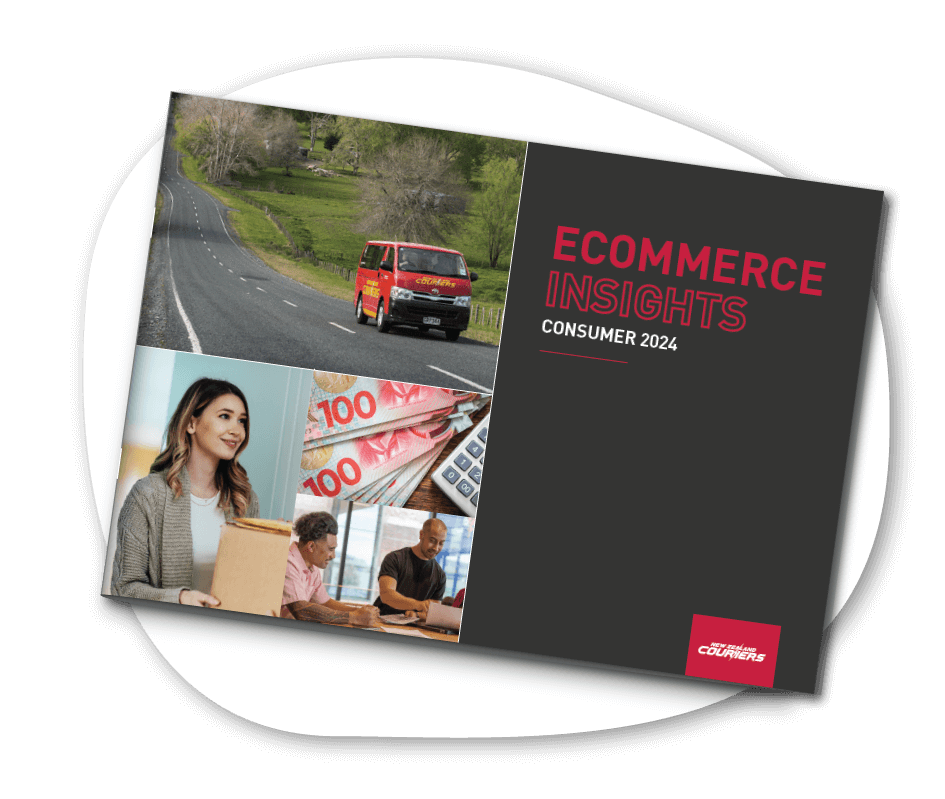An ecommerce store needs good design and layout, great products, and innovative promotion. On top of that, your all-important customers also need to be catered for across every aspect of the business, from good customer service to engaging communication.
Maximising sales depends on getting all these factors right. This can sometimes be tricky with an online enterprise, as it throws up some extra challenges that an offline store might not face.
Here we’ll go through some strategies and tips that will help you to maximise sales, from investing in customer service technology, such as VoIP call centres and chatbots, to creating eye-catching and memorable content.

Begin by setting goals
When thinking about boosting sales, it’s helpful to have concrete goals. ‘More sales’ is a focus, but, by being specific and saying ‘I want to boost sales by x% every six months’ is a measurable goal.
To set a realistic but ambitious goal, the first step is to look back at your sales history to specify a starting point. Sales can fluctuate throughout the year and how your business handles seasonal increases in sales also needs to be factored in.
Ecommerce Insights: Consumer 2024
When everyone’s doing eCommerce, it’s the way you do it that matters. Read about eCommerce strategies that work.

Market research is essential when setting goals. It’s important to look at your competitors and to understand your target customers and market. For example, is there anything your competitors offer that you are currently lacking in your online store, and how many increased sales would you expect from making the relevant changes?
Asking these types of questions will help inform your goals and give you an idea of what is realistic. From there, you can begin to plan your strategy and put your plan into action.
Focus on your brand
A clear and consistent brand message is key if you have big ambitions for your online business, such as expanding your eCommerce business internationally or launching a new range of products.
If you haven’t done this already, it’s time to decide who you are, what you represent, and how you want your customer base to perceive you. In an ecommerce store, you have seconds to capture attention. For this reason, your brand must be instantly recognisable and appealing to your target audience.
Think about how your website design, wording, and images come across.
- Does your branding translate to every link and section of your online store?
- Does your brand fit nicely into your market segment yet, or stand out as a unique business?
Again, market research will help.
Clear and effective branding will boost familiarity and contribute to customer loyalty, creating a firm base to work on maximising sales.

Having quality images and content is vital to increasing checkout conversions and boosting sales. Images and content are your shop window; they are the only way your customers can check out your products and understand what your brand offers.
Ensure that images are high resolution and that any products are presented with a background that shows both the scale and how a customer might use them. It’s important to appeal to customers by offering a lifestyle vision and context for your products.
A good mix of content is also important. Videos break up the static feel of a website, and audio can help give your brand some voice and personality. Written content should be helpful, interesting, relevant, and well-written. Most importantly, your brand message and image should shine through.
Make email work for you
An email marketing strategy is very important in boosting sales as it can reach customers throughout the various customer lifecycle stages and maintain customer loyalty.
There are various means for collecting customer email addresses, such as by asking for feedback or newsletter sign-ups. It’s also a good idea to entice customers to give their email by offering them something in return, like a discount or exclusive product updates.
You should keep customers informed and encourage them to visit the store. But remember not to bombard recipients with too many messages, as you risk them unsubscribing or disconnecting from your brand.
Instead, make sure every email has a focus and a purpose. Each communication should have a clear message and give the customer some added value in return for their loyalty to your brand.

Optimise for SEO
Search Engine Optimisation (SEO) ensures your site shows up on search engines because of the words and phrases in your content.
Your content should include meta tags (short descriptions of what a page contains) and title tags. These tags act as signposts, enabling search engines to understand what your content is about.
To get SEO right, you need to do your research. You will need to know what kinds of questions and phrases your audience regularly enters in search engines, what they want to know, and what products they want to buy.
For example, if you’re a company that sells vendor remote access solutions, you would consider keywords like “benefits of vendor remote access solutions” or “best vendor remote access options” to capture your audience. However, remember that it’s important not to stuff content with links and tags. Content should be natural and high-quality.
Use social media effectively
Social media is an excellent tool for driving traffic to your online store. It’s a space where consumers follow brands and comment, share and review companies and their products. This user-generated content (UGC) is precious as a marketing tool.
Consumers who engage with your online store and have positive conversations about your products act as free influencers and marketers. UGC is influential because fellow social media users often persuade consumers more than professional campaigns. Many users also enjoy being able to speak directly to their favourite brands as they feel a more personal connection to them.
But you must work to make the most of the opportunities social media offers your online store. Great content that’s fun, informative, engaging, and posted regularly will help raise your brand’s profile. But what’s even more effective is engaging with your customers.
Sharing and commenting on posts that mention your products in a favourable light and showing that you value your followers is essential. It’s also important to treat your posts like any marketing material, tell your brand story, showcase new products and, if appropriate, include a call to action.

Consider the customer journey
It’s vital to understand your customer journey if you are going to maximise sales. Walk through the process yourself, and check for anything clunky, slow, or unclear. Make sure that every interaction is smooth and well-designed.
Customers have a low tolerance for anything that takes too long or is confusing, and anything you can do to avoid cart abandonment is worthwhile. Ensure payment is easy, with as many convenient payment methods as possible, and assure customers that the process is secure and safe.
Ensure customer service and assistance is available throughout the checkout process in case of any hitches. Customers are often reassured by a human voice on the other end of a telephone line, so it’s important to ensure telephone communication is efficient and up to scratch. Upgrading to a Dialpad cloud phone system can help streamline this aspect of the customer journey.
Lastly, look at the site and check its layout and content are easy to navigate and understand. A confusing or messy online store is an instant turn-off for most customers.
Make use of chatbots
Efficiency in business saves time and, therefore, money, directly impacting profit. Striving for efficiency often means using the right technology for the right task.
Chatbots and other forms of AI can be important in being responsive and helpful to customers. Chatbots can provide instant answers and support at all stages of the customer’s journey, from search to payment and delivery.
Chatbots also play a vital role in filtering customers so that those who need to speak to a human being get referred to the correct staff member or contact email to get help.

Boost conversions with free trials and offers
An essential part of customer lifecycle marketing is giving customers the right incentives to continue interacting with your brand. Customers are much more likely to try a new product you offer or repeat a purchase if they can sign up for a free trial or get offered a discount.
As mentioned, capitalise on your social media content and email list to alert customers to offers, trials, and discounts. Many returning customers are initially persuaded by a great value price or offer, and if they enjoy the product quality, they are likely to keep coming back.
Lastly, check out competitors, make sure your offers are a challenge to their business, and perhaps include something they lack. Customers tend to compare, so being armed with the correct information can help you pitch your store effectively.
Deliver a Better Ecommerce Experience
From shopping cart to doorstep, we’ll get your online deliveries delivering real results for your business.

Conclusion
We’ve covered the main tips and strategies to maximise sales for your online store. These tips will help you decide exactly what to do and where to focus your efforts.
Ecommerce can be highly competitive, and standing out from the crowd is a huge challenge. It’s important to be planned and patient in your approach, to give your strategies time to work, and to carefully log the effects.
It’s also important to be prepared to change, adapt your approach, and monitor the results. But with consistent effort, smart choices, and attention to detail, you can maximise sales and succeed in an online.
 10 min read
10 min read






